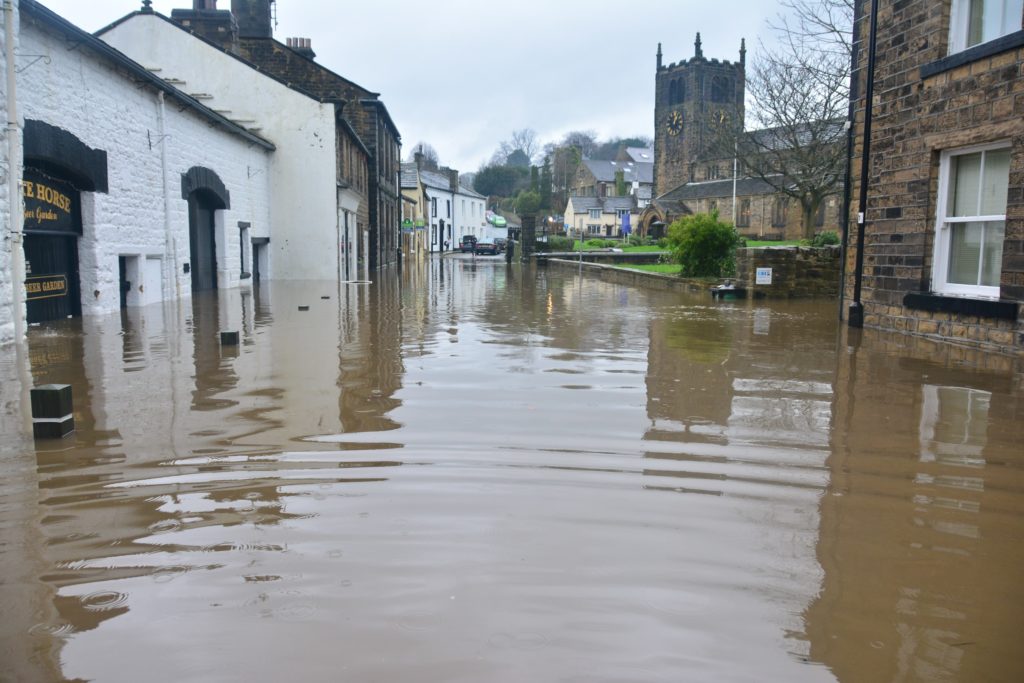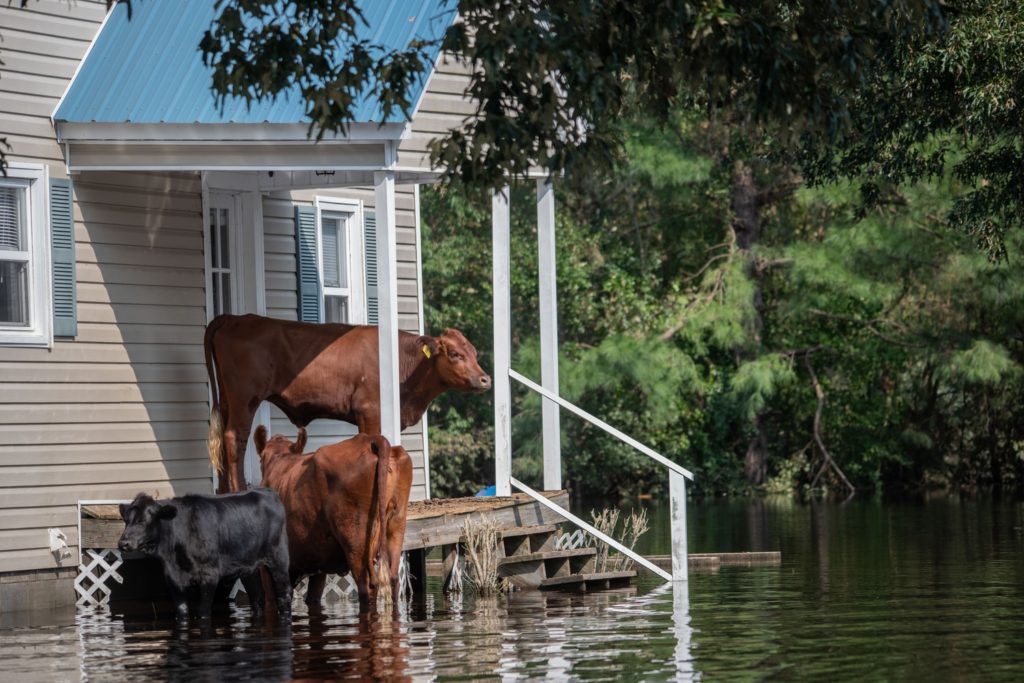The flooding in Tennessee is just one of many clear signs of climate change rapidly increasing. It’s telling us that whether you are coastal or inland, there will be negative impacts. If you’re doubting climate change, this is a wake up call.
Flooding in Tennessee has left thousands displaced, homes damaged or destroyed and 20 people are dead while more are missing. Hope for finding those unaccounted for a live is beginning to dwindle. The catastrophic flash floods from heavy rainfall caught residence of Tennessee rural communities by surprise. It was said to be a tidal wave of intense flooding.
Humphrey’s County, which includes Waverly was hit the hardest and an estimated 125 homes were completely destroyed while hundreds more were damaged. But how did this severe flood happen in the first place?
Flooding in Tennessee & Climate Change
FEMA Administrator Deanne Criswell said “Floods like this are not something that we typically see around the country.” She admits it may be something we will begin to see more of as climate change persists at alarming rates. What role does climate change play in severe flooding like this?
Weather in Tennessee
Prior to the flooding the amount of rainfall that occurred set a statewide record for the most in a 24-hour span. In addition to the amount of rain, the speed in which it came down and the loss of telephone systems created the perfect storm for disaster. Over 17 inches of rainfall in less than 24 hours and although the city only consists of 4,100 people, almost everyone was forced out of their homes.
The water levels rose four to six feet in a matter of minutes. It has also been noted that this year, hurricanes in the Atlantic are intensifying much quicker than in the past. This is also true for the wild fires on the West Coast. We are watching climate change in real time.
Floods & Climate Change
Both coastal and inland communities are finding themselves underwater. Extreme weather, rising sea levels and other climate change impacts are increasing at alarming rates. Here is everything you need to know about flooding and climate change.
Types of Floods
Flooding is the accumulation of water over normally dry land and is caused by overflow of inland waters, extreme weather or dam breaches. There are several types of floods:
- River Flooding – Occurs when a river or stream overflows and can result from heavy rains or rapidly melting snow.
- Coastal Flooding – Occurs when winds from coastal storms (hurricanes) push a storm surge from ocean to land.
- Flash Floods – Quick-rising floods are most often caused from heavy rains over short periods of time and can happen anywhere.
- Urban Flooding – Flooding that occurs from heavy rainfall and happens when storm drains or sewers cannot hold the volume of water.
Connection Between Climate Change & Flooding
As we have seen in the recent months alone, climate change is happening. It is causing extreme weather changes like record breaking heatwaves, heavy duty rainfalls, more intense storms and more devastating wild fires. The flooding in Tennessee is just one of many acts of climate change this year alone.
The IPCC report states that it is clear that climate change has undeniably influenced water-related changes that contribute to floods. Due to global warming, the exacerbation of melting snow and heavy rains play a huge role in flooding. A warmer atmosphere holds and dumps more water, which means rainfall will become heavier as the world gets hotter.
In addition to heavier precipitation, seasonal snowmelt also plays a large role in floods. As global temperatures rise, snow melts earlier than usual which can lead to overflowing rivers and streams. Hurricanes are also becoming more intense and more frequent. Meaning coastal flooding will increase and become much more destructive.
Consequences of Floods
We all have seen the devastation and loss families face when dealing with extreme flooding. However, it’s not just us who are losing, it’s the economy and wildlife as well. Flooding wreaks havoc on communities, from losing loved ones to losing homes, cars and other types of property damage. These severe floods damage roads, bridges and mass amounts of public infrastructure. It has cost us $48.9 billion from 1998 to 2014. Between 2007 and 2017, The National Flood Insurance Program paid $2.9 billion each year.
In addition to damages and loss, flooding brings contamination and disease. Flood waters carry sewage, toxic chemicals, hazardous waste and runoff from factory farms. This pollutes drinking water and causes all sorts of nasty infections. Additionally, flooding causes loss of habitat, biodiversity and wildlife in the affected area. It can wash out fish from rivers and displace huge amounts of other animals as well.
How To Prepare For a Flood
Preparing for a flood can save your property and potentially even your life. Here are several precautions you can take to stay safe.
Plan & Practice an Evacuation Route
Identify where you, your family, your pets and even neighbors and friends will stay incase of flooding. For Shelters visit The Red Cross and plan in advance for mobility issues, closed roadways and poor telephone services. Don’t forget to include your pets into all your evacuation plans.
Emergency Supply Kit
Ensure you have an emergency supply kit that includes food, bottled water, first-aid supplies, batteries, battery-operated radio, medicines, blankets, flash lights and whatever else you may need. Visit Ready.gov for a complete checklist.
Keep Up With Weather Updates & Flood Alerts
Stay informed about local weather conditions and sign up for a community weather warning system. This will help ensure you are being updated and provided emergency notification. Check out The Emergency Alert System.
If you are in a flood-prone area, when a flash flood warning comes on, seek higher ground.
5 P’s of Evacuations
- People
- Pets
- Papers & Prescriptions (birth certificates, passports, ID’s)
- Personal Needs (clothes, phones & chargers
- Priceless Items (Irreplaceable mementos)

Incase of a flood, always turn of gas, water, electricity and put sandbags around your property. Avoid walking, swimming and driving through floodwaters. Additionally, when buying a home do research about state regulations about flood damage disclosures. Look at FEMA’s flood history maps and ask about flooding in the area.
The flooding in Tennessee is just one of many instances of climate change happening in real time. Take every precaution and do what you can to fight climate change!
Follow Us On Instagram!
Stay Connected
